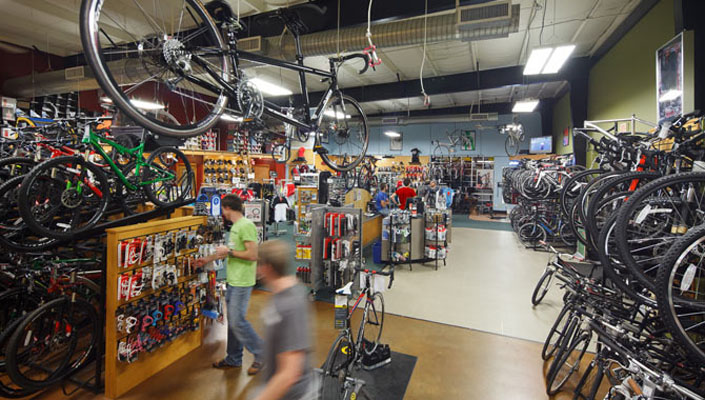Like most bike riders, I have a local bike shop that I visit whenever I can. I know the owner and the mechanics, and I shudder to think how much money I’ve spent there over the years… or decades. I also have another “local” bike shop. I like to think of it as my backup bike shop – it’s not always my first choice, but they’re open longer hours than my preferred shop and they stock a larger range of products just because they’re a much bigger store.
Two bike shops, same suburb, essentially the same target market, yet one is busy all day every day, and the other one has figurative tumbleweeds rolling down the aisles most of the time. The difference? Here’s my theory.
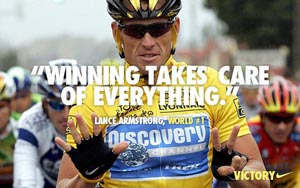
Two things have changed the entire bike industry in the past 15 years or so: online shopping and Lance Armstrong. Love him, loathe him, or pretend to be indifferent, the fact is that Lance single-handedly dragged cycling from relative obscurity into the mainstream. I know, I know – cycling has always been massive in Europe and the UK, but in the US, Australia, and Asia, it wasn’t so big. That was until Lance came along. Lance rode into the limelight with his Livestrong army in close tow. Then everyone wanted a bike and bike stores started popping up all over the globe.
After Lance stormed the gates of the global market, the Internet, which had been waiting patiently on the sidelines, thrust online shopping onto us. Shortly after everybody began to figure out that the $8,000 Colnago they were riding could be bought online for $4500, delivered to the front door in a timely manner.
Now, back to my two bike shops. The one that appears to be more successful – the smaller of the two – is staffed by guys and girls who are essentially riders or bike mechanics with a little bit of front-of-house training. The service is not fast, but it’s thorough. Drop your bike off, explain precisely what you want done and in four or five days the bike will be ready, probably better than new.

How do they handle the faceless threat of online sales? Paul, the owner at Lygon Cycles, was quite forthright about his approach.
“Of course buyers will compare prices. What we have decided to do is to provide unbeatable service and not get caught up in price wars. Some consumables such as tires and tubes don’t come under too much scrutiny, but stuff like GPS units and groupsets can be bought so much cheaper online that we just don’t stress about competing. Instead, we’re fine with it if you bring in parts you bought online and want us to fit them: we’ll do the best job we can, same as always."
“That way I don’t spend buckets of money on stock I can’t sell anyway. I stock what I know will sell, and the rest is all about service and customer retention. It’s a complete turnaround from a decade ago, when there were decent margins on everything and our typical customer wasn’t really very well informed."
"Customers don’t owe us anything," Paul recognizes. "We’ve found that most of the time if we provide really good service then they’ll come back.”
Back at the bigger store, the staff are more salespeople than riders, and the service they offer is fast, but not exactly thorough. They do offer a pretty good range of bikes, but adamantly refuse to fit products bought elsewhere.
This store is in a cycling no-man’s-land: they don’t rely mainly on their workshop to make money, like Paul’s shop, nor are they exclusive and boutique in nature, like some of the Specialized concept stores. Nor are they big enough to churn out huge numbers of units like some of the giant stores (gigantic, that is – not Giant with a capital “G”), which are essentially warehouses for online shopping anyway.
Those three approaches seem to be the most successful models – be small and offer awesome service, discover a niche market, or go really big.
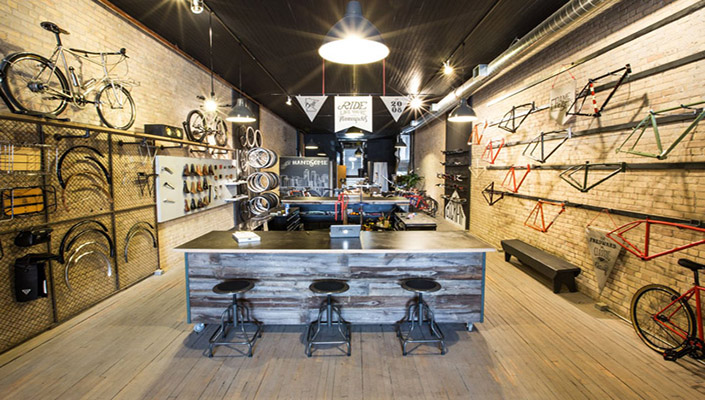
So what do we, as riders and customers, owe to our local bike shop? In terms of where we spend our money, we don’t really owe anybody anything, but it would be nice to think we should at least offer the opportunity to match the prices we can get elsewhere. In my experience nobody gets offended by this and they’re usually grateful that you gave them first right of refusal. Even when you buy online, it’s nice to let your local shop do the fitting for you if they’re happy to do it. That way you know it’s done properly, and you’ve done your bit by helping out the local bicycling economy.
It’s also a nice idea to place some sort of value on the time and expertise that bike shop staff are willing to extend to you. Most of us would agree that it’s morally questionable to test ride a bike at a store, pick the brain of the mechanic or salesperson, and then just go buy the bike online. Please, just don’t do this. Ever. By all means shop around, but be respectful and decent about it.
On the flipside, bike store owners cannot expect customers to waltz in and pay double or triple price for a product, then not get any service or respect. Most people understand and appreciate margins, but the unspoken agreement usually goes along the lines of “sure, I’ll pay a little bit more for this, but in return I expect you to know the product inside out and I expect you to steer me in the right direction.”
We all know that the nature of the bike shop has changed in recent years, but there is definitely still a place for them, and with a bit of flexibility, patience, and a positive exchange of information between owners and customers, they can still be fun and profitable for everyone.
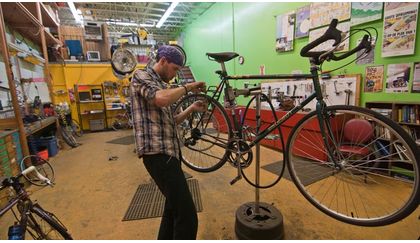
RELATED ARTICLE:
5 questions to ask when dropping your bike off for a service
Uh-oh, what did you break now?Read these 5 must ask questions for when your bike needs some love... READ MORE
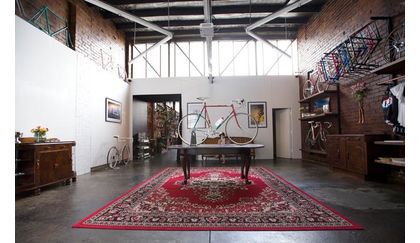
RELATED ARTICLE:
10 ways to spoil yourself at a local bike shop
Sales running a little flat? Not meeting sales growth figures? Maybe it's time to pick up your phone...Here are tips on how a bike shop can properly use social media to...READ MORE
